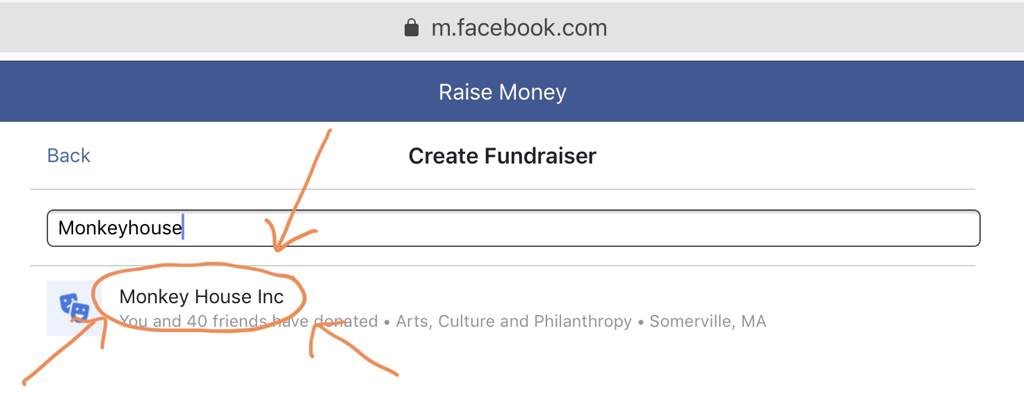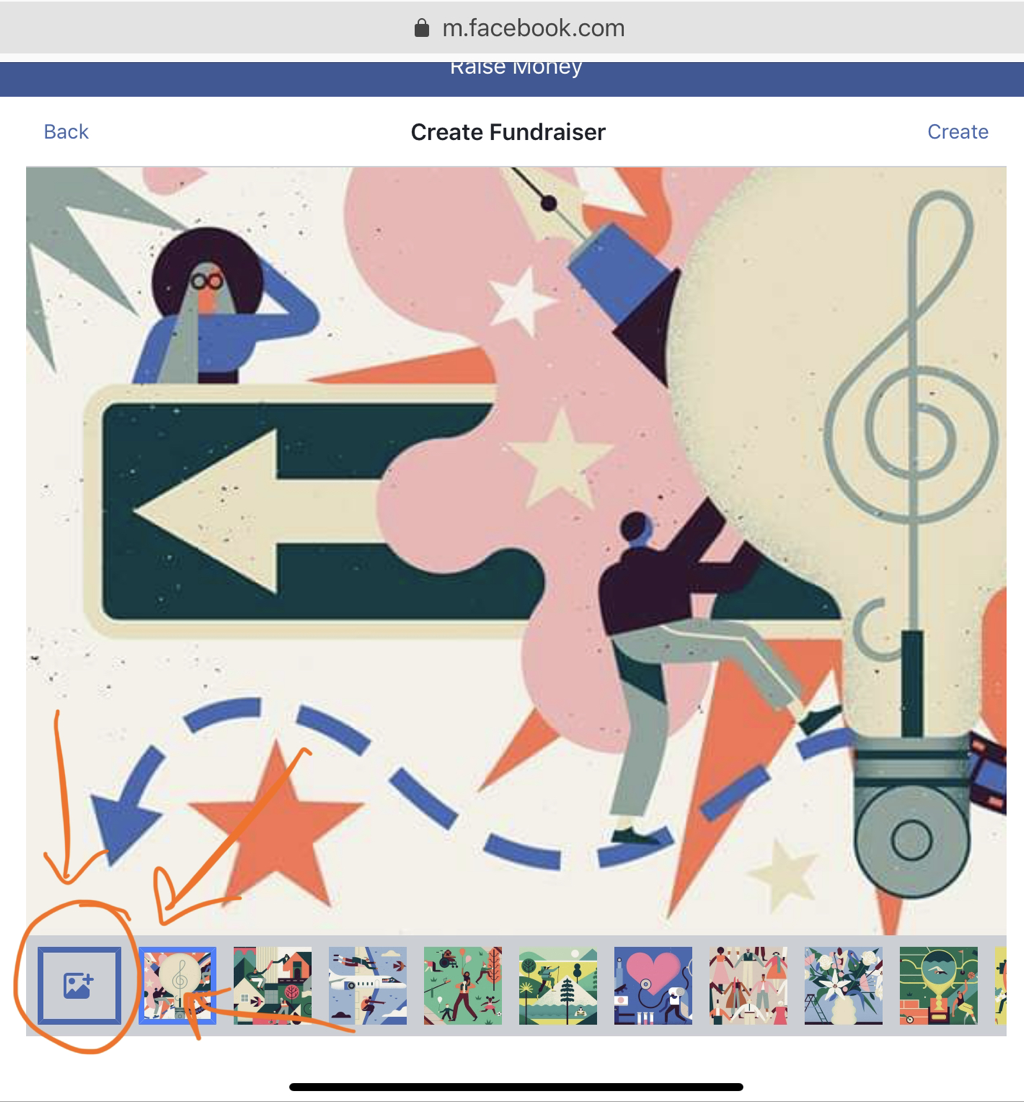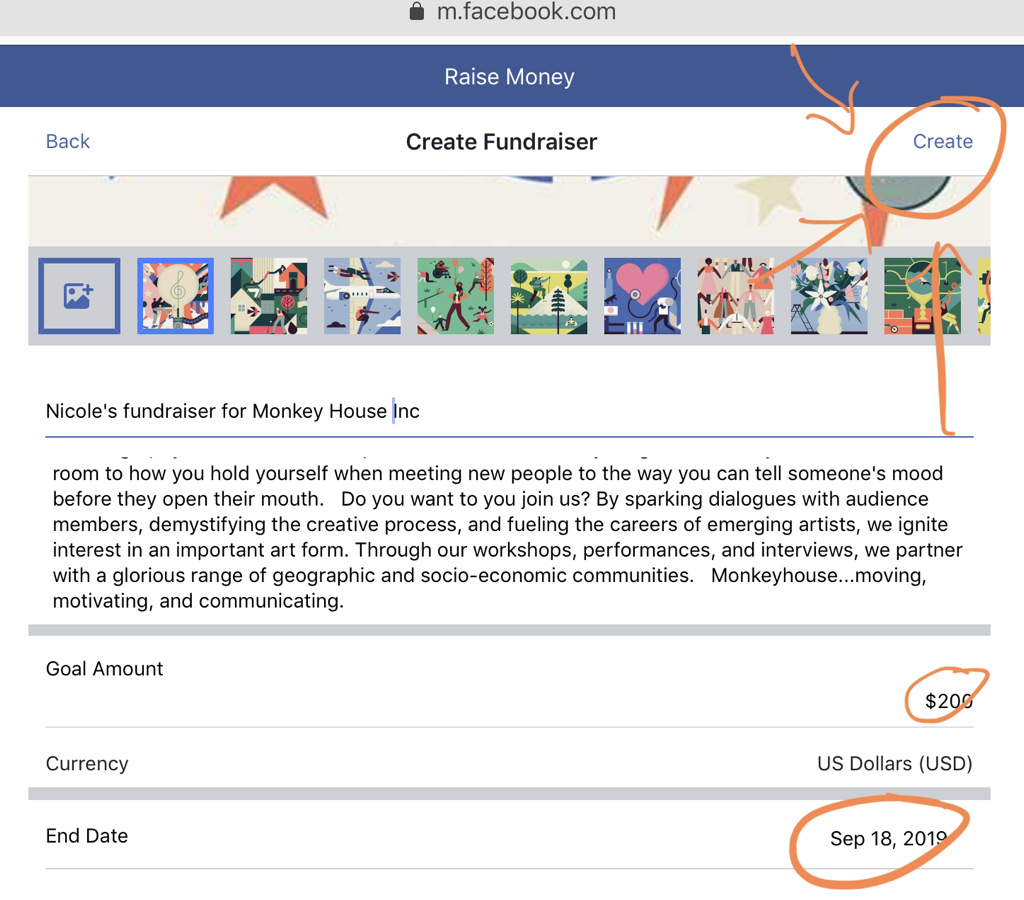How to Create a
Facebook Fundraiser
Thank you for supporting Monkeyhouse by hosting a fundraiser! There is LOTS of information here and many tips on making your fundraiser successful. Please don’t hesitate to reach out with any questions or if I can help in any way! Monkeyhouse Loves You!
-Nicole
-Nicole



